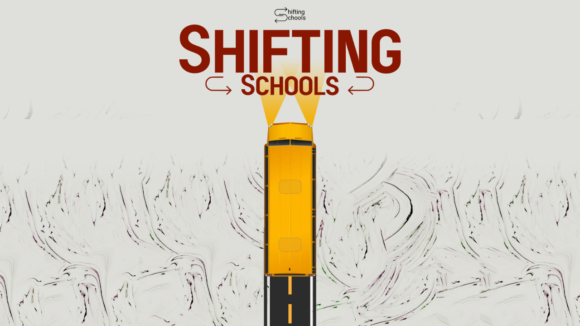Step 1: Watch this Step 2: Read the reflection Step 3: Ponder the creativity and the ideas that come forth when we empower students and then get out of the way so they can learn. Step 4: Leave Sarah a comment. I’m once again left thinking about Dan Pink’s book Drive and the power of Autonomy, Purpose and Mastery […]
